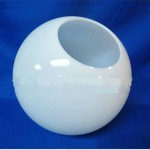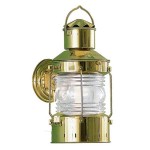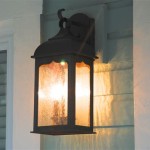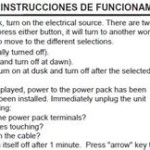How To Plant Outdoor Pots
Outdoor potted plants offer a versatile way to enhance patios, balconies, and entryways. Successful container gardening relies on proper planting techniques to ensure healthy and vibrant displays. This article provides a comprehensive guide to planting outdoor pots, covering everything from selecting the right container to caring for newly planted specimens.
Choosing the Right Pot: Selecting an appropriate container is crucial for plant health. Consider the plant's mature size and root system. Larger plants require proportionally larger pots to accommodate growth. The material of the pot also plays a role. Terracotta pots offer excellent drainage but can dry out quickly. Plastic and resin pots retain moisture better but may require more attention to watering. Drainage holes are essential to prevent waterlogging, which can lead to root rot.
Selecting Potting Mix: Garden soil is not suitable for container gardening. It compacts easily, hindering drainage and airflow to the roots. A high-quality potting mix, specifically formulated for containers, is essential. These mixes typically contain a blend of peat moss, perlite, and vermiculite, which provide good drainage and aeration while retaining adequate moisture. Avoid using potting mixes containing fertilizers, as these can burn young roots. Fertilizing can be addressed after the plant is established.
Planting Process: Begin by placing a layer of broken pottery shards or small stones over the drainage holes. This prevents the potting mix from clogging the holes and ensures proper drainage. Fill the pot approximately one-third full with potting mix. Remove the plant from its nursery container, gently loosen the root ball, and place it in the center of the pot. The top of the root ball should sit slightly below the rim of the pot. Fill the remaining space with potting mix, leaving a small gap between the soil surface and the pot's rim to facilitate watering.
Watering Newly Planted Pots: After planting, water thoroughly until water drains from the drainage holes. This helps settle the potting mix and ensures even moisture distribution. Avoid overwatering, as this can lead to root rot. The frequency of watering will depend on the plant's needs, the pot's material, and the climate. Monitor the moisture level by inserting a finger into the potting mix. Water when the top inch of soil feels dry.
Choosing the Right Plants: Selecting plants suitable for container gardening is vital for success. Consider the available sunlight, space limitations, and desired aesthetic. Sun-loving plants require at least six hours of direct sunlight per day, while shade-tolerant plants thrive in less sunny locations. Choose plants with compact growth habits or those that can be easily pruned to maintain their size and shape within the confines of the pot.
Fertilizing Container Plants: Container plants require regular fertilization due to the limited volume of potting mix. Nutrients are depleted more quickly than in garden beds. Use a balanced, water-soluble fertilizer formulated for container plants. Follow the manufacturer's instructions for application rates and frequency. Regular feeding, typically every two to four weeks during the growing season, will promote vigorous growth and abundant blooms.
Overwintering Potted Plants: Depending on the plant's hardiness and the local climate, some potted plants may require protection during the winter months. Frost-sensitive plants should be moved indoors or to a protected location, such as a garage or shed. Hardy plants can often be left outdoors but may benefit from a layer of mulch around the base of the pot to insulate the roots.
Pest and Disease Management: Regularly inspect container plants for signs of pests and diseases. Common pests include aphids, spider mites, and whiteflies. Diseases such as powdery mildew and leaf spot can also affect container plants. Treat infestations promptly with appropriate insecticides or fungicides. Practicing good sanitation, such as removing fallen leaves and debris, can help prevent disease outbreaks.
Repotting Container Plants: As plants grow, they may become root-bound, meaning their roots fill the entire pot. This restricts growth and can lead to nutrient deficiencies. Repotting is necessary to provide adequate space for root development. Most container plants benefit from repotting every one to two years. Choose a slightly larger pot, fresh potting mix, and follow the same planting process described earlier.
Maintaining the Appearance of Potted Plants: Regular maintenance is crucial for keeping container plants looking their best. Deadhead spent blooms to encourage continuous flowering. Pinch back leggy growth to promote bushier growth habits. Remove any yellowing or damaged leaves. Regular grooming will enhance the aesthetic appeal of the container garden and promote healthy growth.

Everything You Need To Know About Container Gardening

How To Plant A Container Garden True Value

The Best Low Maintenance Plants For Outdoor Pots And How To Take Care Of Them Growing Family

24 Stunning Container Garden Planting Ideas A Piece Of Rainbow

How To Plant Up A Container Rhs Gardening

How To Plant Up A Container Rhs Gardening

Planter Ideas 18 Inspiring Design Tips For Gorgeous Garden Containers

16 Container Gardening Ideas Potted Plant We Love

How To Keep Your Outdoor Plants Upright Patch

Make A Statement Best Extra Large Pots For Indoor Outdoor Plants Flower Power
Related Posts







